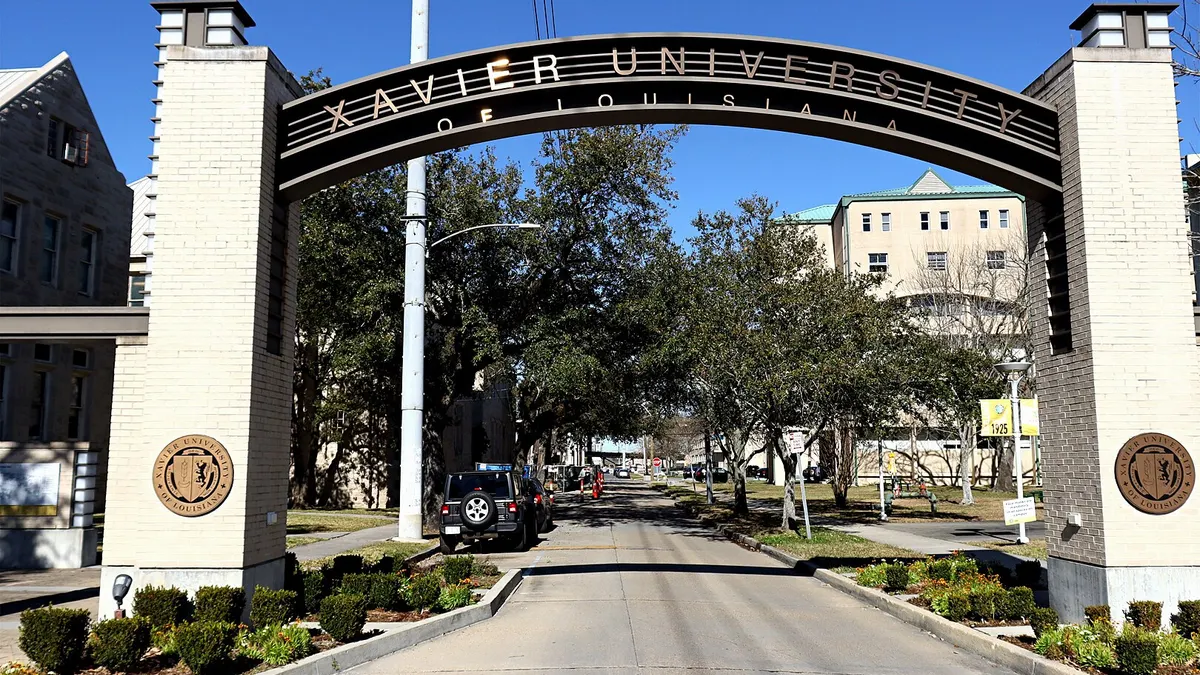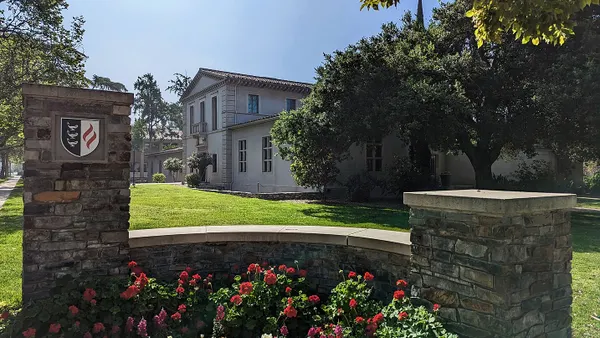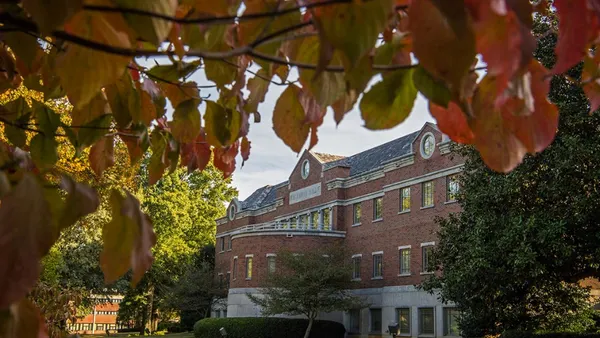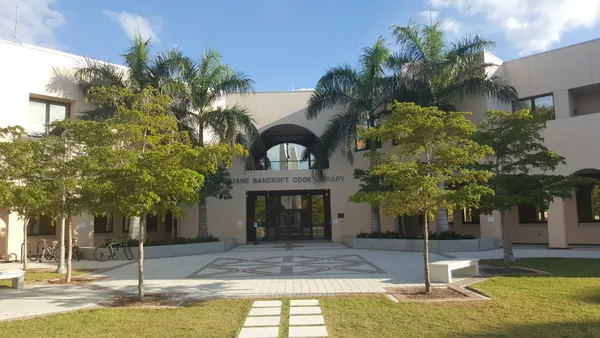Dive Brief:
- Colleges will continue to be hit by high inflation through at least fiscal year 2024, according to a new analysis from Moody’s Investors Service.
- Analysts predict that increasing costs of labor, food, utilities and construction will spur difficult decisions and force higher education leaders to reprioritize how they allocate resources.
- Employee compensation will be the most difficult expense to manage in the coming years, as collective bargaining efforts seek to close the gap between wages and an increasing cost of living, analysts said. Employees are turning to work stoppages to secure increases above inflation and advocate for better terms for part-time and nontenured faculty, as well as graduate student workers, the analysis said.
Dive Insight:
Colleges' operating costs increased 5.2% in the 2022 fiscal year, according to Commonfund’s Higher Education Price Index, or HEPI, an inflation index created specifically for colleges. But that increase lagged behind the consumer price index, which saw a jump of 9.1% over that same period.
It is rare for the two metrics to diverge so significantly, Moody's said.
The difference can be explained partly by faculty salaries, which rose the least among eight cost categories that HEPI evaluated.
Other reports found that employee wages didn’t keep up with rising costs. Full-time faculty wages decreased 5% in the 2021-22 academic year after adjusting for inflation, according to the American Association of University Professors.
This wage stagnation, combined with reductions in benefits during the COVID-19 pandemic, have paved the way for the wave of labor strikes currently affecting higher education, according to the analysis.
Roughly two-thirds of most college budgets goes to labor costs, according to Moody's. Service employees, though paid much less than teaching staff, received higher wage increases in fiscal 2022, gaining 8.6%.
The growth of colleges' operating revenue was already straggling behind inflation prior to COVID. As pandemic-related federal relief aid dries up, institutions must reprioritize how they spend money.
Construction projects, for example, are taking the back seat at many colleges as leaders avoid breaking ground due to the increasing costs of material and labor, the analysis said. The cost of borrowing money is also going up, and some colleges are financing student housing projects using 40-year loans, instead of the standard 30-year option.
Colleges also face rising food and energy costs. Food prices rose 6.7% year-over year in May, per the U.S. Bureau of Labor Statistics. And while energy prices declined 11.7%, they remain vulnerable to price volatility in the future, Moody's said.
However, many institutions are hesitant to pass rising costs along to students amid a broader societal conversation about higher education's affordability. And public colleges are often at the whims of their state's legislature when setting tuition prices.
In fiscal 2022, student charges covered an average of 40% to 67% of colleges' total operating revenue, the analysis said.












